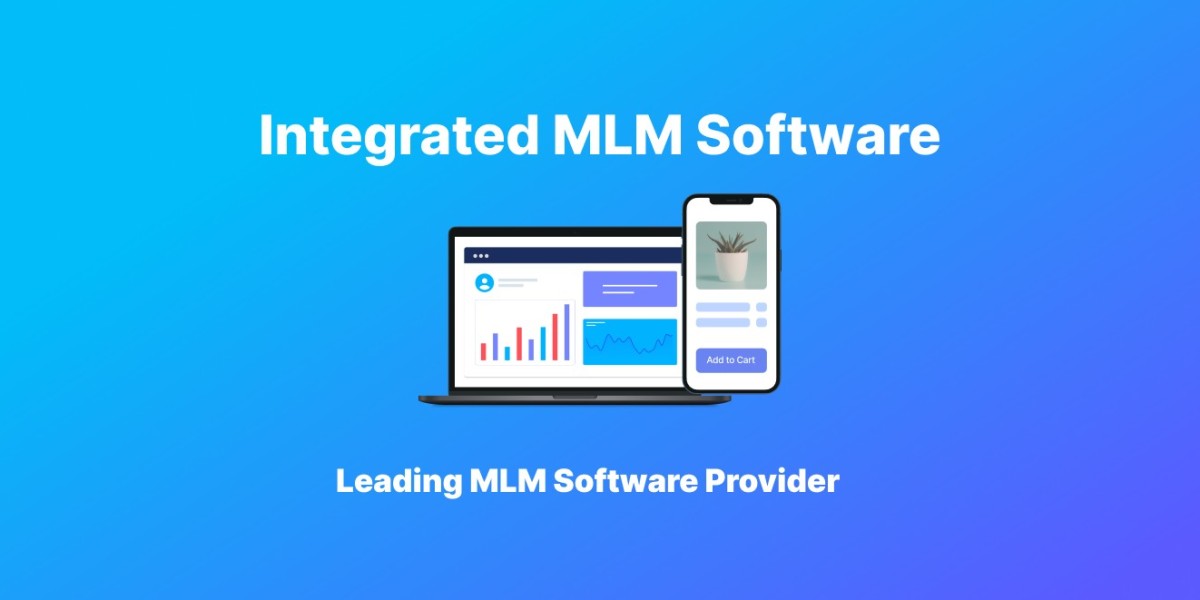The world of Multi-Level Marketing (MLM) is continuously evolving, with companies exploring innovative ways to structure their compensation plans. Among the most popular models are the Matrix MLM Plan and the Binary MLM Plan. Each has its strengths and limitations, but what if you could combine the best of both worlds? That’s where a hybrid approach comes into play. In this blog, we’ll explore the benefits, challenges, and key considerations of integrating Matrix and Binary MLM plans.
Understanding Matrix MLM Plans
A Matrix MLM plan is defined by its fixed width and depth. For example, in a 3x3 matrix, each distributor can recruit three direct members, and the structure continues for three levels. Once a level is filled, new recruits are typically placed in the next available slot.
Key Features of Matrix MLM Plans
Limited Structure: Fixed levels prevent excessive width, creating manageable networks.
Spillover Benefits: Overflow recruits from sponsors can benefit downline members.
Predictable Growth: Easy-to-understand structure suitable for beginners.
Advantages of Matrix MLM Plans
Matrix plans are often appreciated for their simplicity and controlled expansion. They foster a sense of community and cooperation among distributors, as spillover recruits can help fill the matrix for others, providing motivation for team-building efforts.
Limitations to Consider
Despite their advantages, these plans may hinder high-performing distributors due to the limited number of direct recruits allowed. Once the matrix fills up, growth can become stagnant unless strategic placement is managed carefully.
Understanding Binary MLM Plans
A Binary MLM plan follows a 2xN structure, where each distributor recruits two members directly. Subsequent recruits are placed in left or right legs, creating a balanced network.
Key Features of Binary MLM Plans
Unlimited Depth: Distributors can continue building deep networks.
Balancing Requirements: Commissions are based on the weaker leg’s volume.
Dynamic Growth Potential: Ideal for rapid scaling.
Advantages of Binary MLM Plans
Binary plans are known for their scalability and potential for exponential growth. Since the depth is unlimited, distributors can build large networks and earn significant rewards by maintaining balanced legs.
Challenges to Consider
Balancing the legs is often a major challenge. Unequal growth between the left and right legs can lead to missed earning opportunities, which requires careful monitoring and strategic planning.
Why Consider a Hybrid Approach?
A hybrid MLM plan combines elements of both Matrix and Binary structures to offer a flexible, rewarding system. Companies that adopt this approach often do so to balance structure and scalability while maximizing distributor engagement.
Benefits of a Hybrid MLM Plan
Enhanced Flexibility: Distributors enjoy the structured growth of a Matrix plan combined with the depth potential of a Binary plan.
Increased Earnings: Hybrid plans can offer multiple income streams, including spillover bonuses and leg-balancing commissions.
Improved Retention: The combination of structured and scalable elements keeps distributors motivated and engaged.
Balanced Growth: Helps maintain network stability by leveraging the strengths of both models.
Real-World Applications
Many successful MLM businesses have adopted hybrid models to address the diverse needs of their distributors. By offering flexibility and multiple income avenues, these businesses can attract a wider audience and foster stronger distributor loyalty.
Key Considerations Before Integration
Software Compatibility: Ensure your MLM software supports hybrid models.
Compensation Strategy: Clearly define commission rules to avoid confusion and ensure fair payouts.
Compliance: Ensure the plan adheres to legal requirements and ethical standards.
Distributor Training: Educate your network about the new structure to maximize effectiveness.
Practical Tips for Implementation
Conduct thorough market research to understand your target audience.
Develop clear communication strategies to educate distributors.
Monitor the performance of the hybrid system and make adjustments as needed.
Challenges to Watch Out For
Complexity: Hybrid plans can be more difficult to understand for new distributors.
Administrative Overhead: Managing and tracking multiple compensation structures can be challenging.
Implementation Costs: Upgrading existing systems to support hybrid models may require investment.
Overcoming Potential Barriers
To address these challenges, companies should invest in robust training programs and user-friendly software solutions that simplify administrative tasks. Clear communication and support channels are also essential for helping distributors navigate the complexities of a hybrid plan.
Is a Hybrid Approach Right for You?
If your business needs a balance between structured growth and dynamic scalability, integrating Matrix MLM Plans and Binary MLM Plans might be the perfect solution. This approach caters to a wide range of distributor preferences and can drive long-term success.
Factors to Evaluate
Business Goals: Consider whether your primary objective is rapid expansion or steady, controlled growth.
Distributor Needs: Evaluate feedback from existing distributors to understand their preferences.
Market Trends: Stay informed about industry developments to maintain a competitive edge.
Conclusion
Choosing the right MLM structure is critical for your business’s growth and success. By integrating Matrix and Binary MLM plans, you can create a hybrid model that offers the best of both worlds—flexibility, scalability, and increased earning potential.
Ultimately, the decision to adopt a hybrid approach should be guided by your company’s specific needs, goals, and distributor preferences. With careful planning and execution, a hybrid MLM plan can position your business for long-term success and sustainable growth.



